
Do you have a question about the Atmel ATtiny85 and is the answer not in the manual?
| Architecture | 8-bit AVR |
|---|---|
| Flash Memory | 8 KB |
| SRAM | 512 B |
| EEPROM | 512 B |
| Clock Speed | 20 MHz |
| GPIO Pins | 6 |
| ADC Channels | 4 |
| ADC Resolution | 10-bit |
| Timers | 2 (8-bit) |
| PWM Channels | 2 |
| Operating Voltage | 2.7V - 5.5V |
| Communication Interfaces | SPI, I2C |
| Package | DIP-8, SOIC-8 |
| Operating Temperature | -40°C to 85°C |
Details on the advanced RISC architecture and its benefits for performance.
Information on Flash, EEPROM, and SRAM capacities and endurance.
Overview of integrated peripherals like Timers, ADC, and USI.
Explanation of the Harvard architecture and pipelining.
Explanation of reset sources and interrupt vector handling.
Details on Flash memory size, endurance, and programming.
Description of SRAM organization and addressing modes.
Information on EEPROM capacity, endurance, and access.
Explanation of the Clock Prescale Register (CLKPR) for clock frequency control.
Strategies for reducing power consumption in the device.
Overview of the four reset sources: Power-on, External, Watchdog, Brown-out.
Details on the POR circuit, detection level, and start-up timing.
Information on the on-chip BOD circuit and selectable trigger levels.
Details on the Watchdog Timer operation, configuration, and reset.
Explanation of Normal, CTC, Fast PWM, and Phase Correct PWM modes.
Details on generating PWM waveforms with Timer/Counter1.
Overview of ADC resolution, conversion time, and input channels.
Explanation of the ADC conversion process and voltage references.
Methods for initiating ADC conversions, including auto-triggering.
Details on how the conversion result is presented and interpreted.
Procedures for programming Flash, EEPROM, Lock bits, and Fuses.
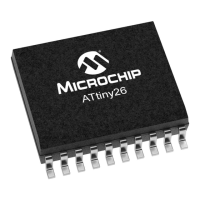
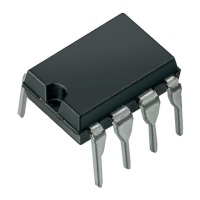
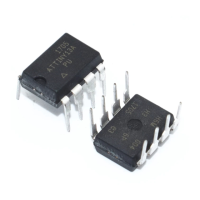
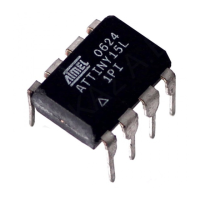

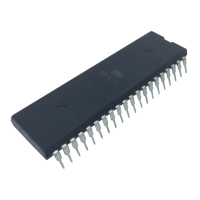
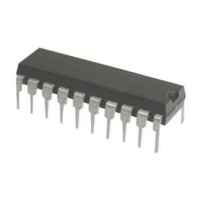

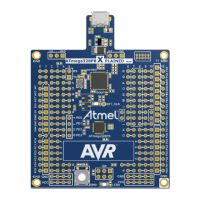
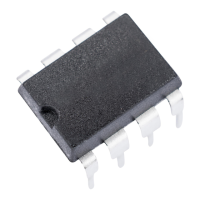
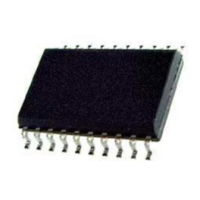

